Even inf all the expected investments in transportation infrastructure are actually made, Brazil will face a worrying scenario in the coming years. The country’s highway network, through which over half of the national wealth passes, will have its cargo and passengers moving capacity reduced by 2025. The alert is clear in the study Projections for Transportation Logistics Infrastructure in Brazil, recently released by Dom Cabral Foundation (FDC). According to the research, the difficulties will likely impact at least 50% of the traffic volume.
According to a scale that goes from A (excellent) to F (unacceptable), those highways will have a service level of D (bad), E (terrible) or F. Researchers came to those indicators after analyzing information such as terrain, paving and cars and trucks flow volume throughout 195,2 thousand kilometers spread all over Brazil. Today, a large part of traffic (45,3%) already flows through roads evaluated negatively. “Brazil needs ongoing programs, especially when it comes to the improvement of highways. We also need to look towards the future and make railways and waterways as relevant as highways as possible”, says professor Paulo Resende, onde of the study coordinators.
If the insufficient number of projects to handle the national economy’s needs weren’t enough, the country also faces a “cursed inheritance”, in Resende’s words. In the past years, roads, railways and waterways have suffered with investment cuts. “In 2002, our transportation infrastructure actives were worth 22% of the GDP. Today, they’re worth 12%. It’s a huge depreciation of brazilian wealth”, regrets the professor.
Experts say the situation could be reversed by raising the roads concessions. However, even the ongoing projects advance slowly. The 2,5 thousand kilometers of federal highways expected to be transferred to private management stumble upon governmental bureaucracy, delaying the chances to decrease the unsettling perspectives for the future.



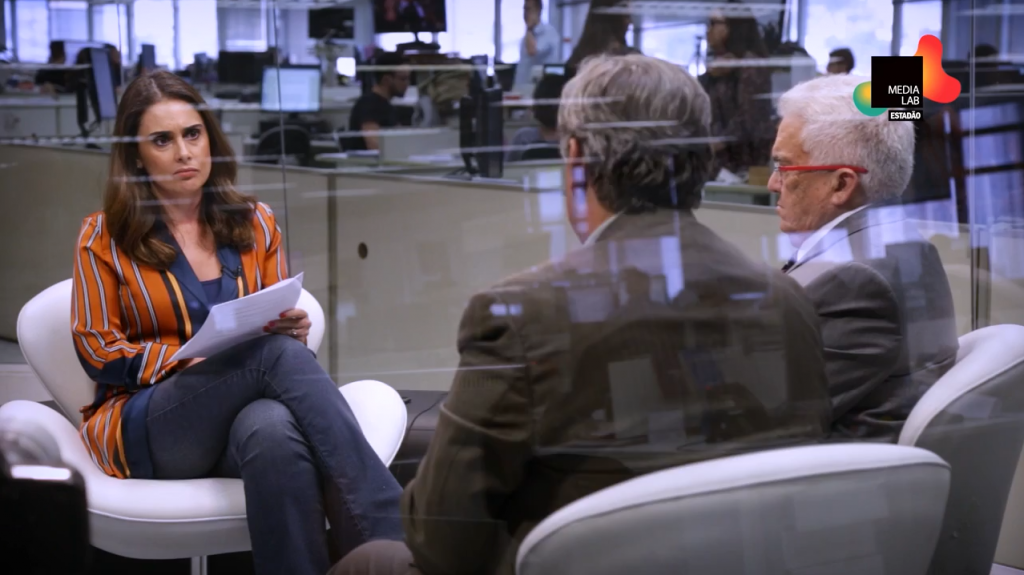
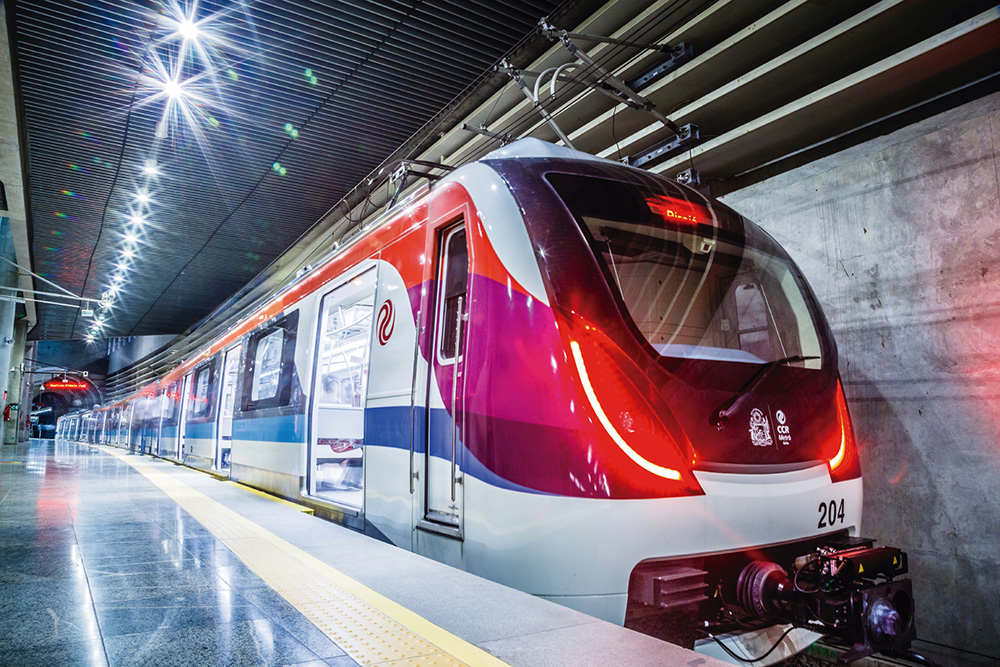
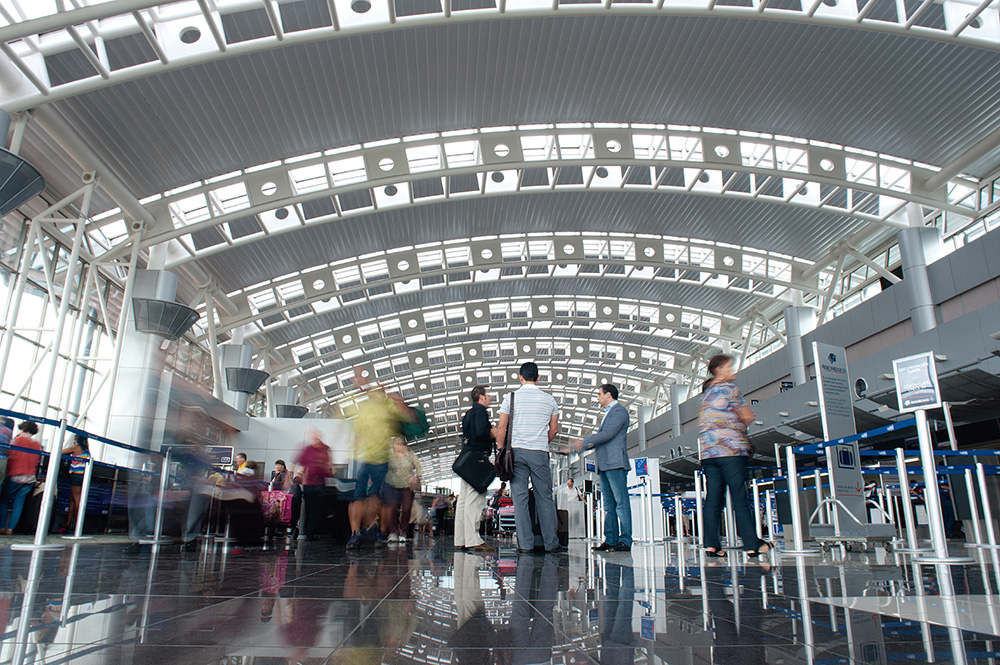
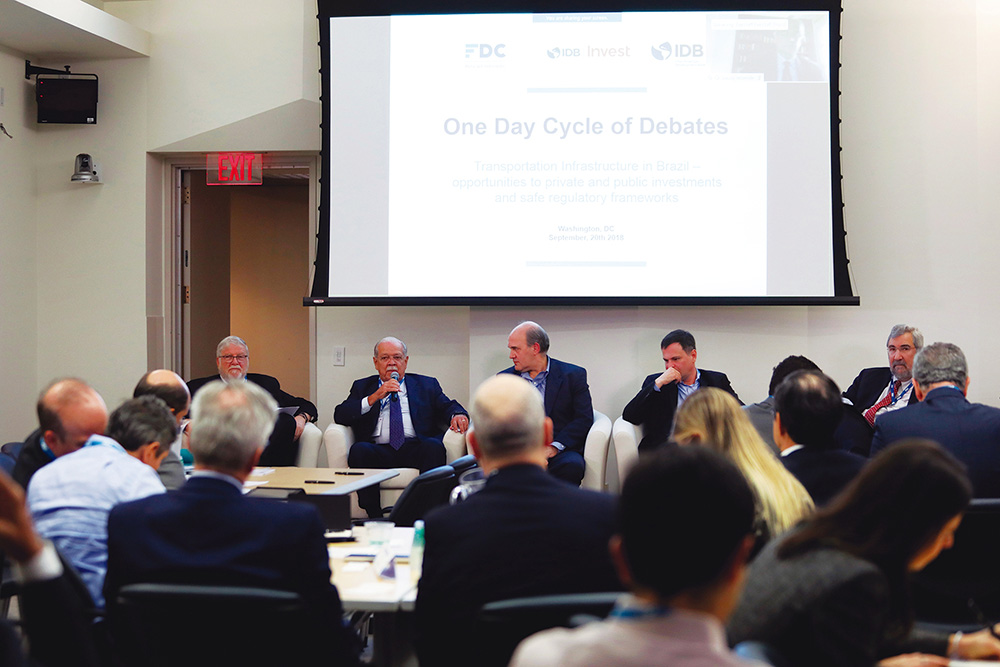
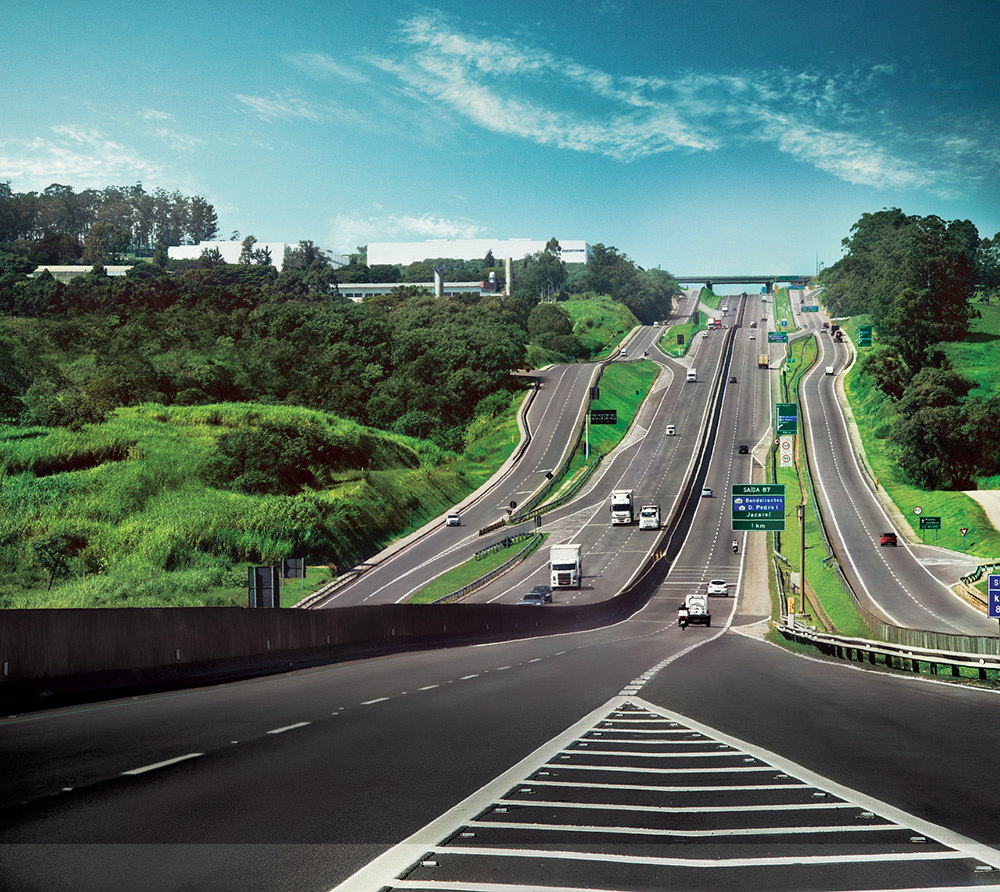
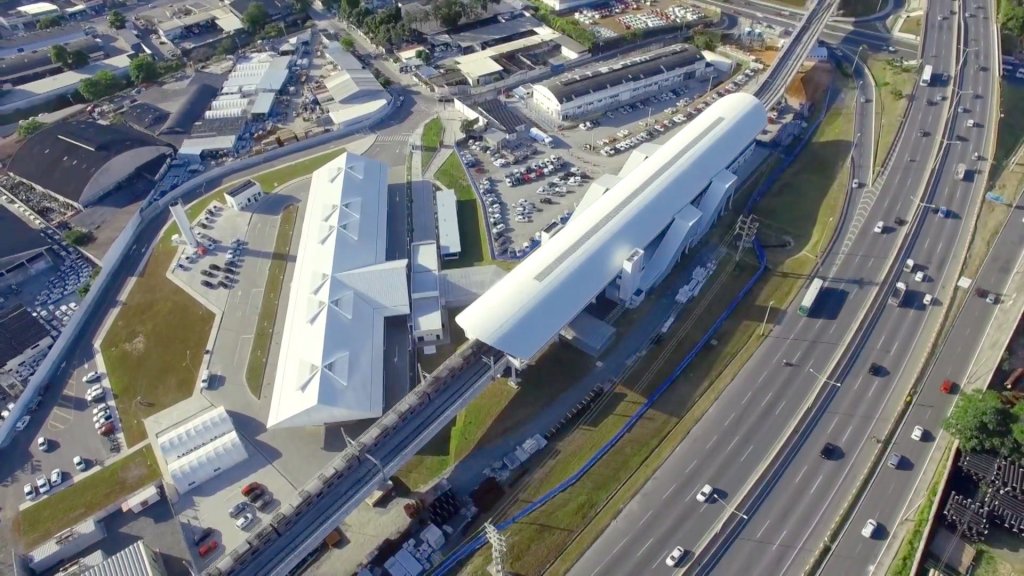
Comments